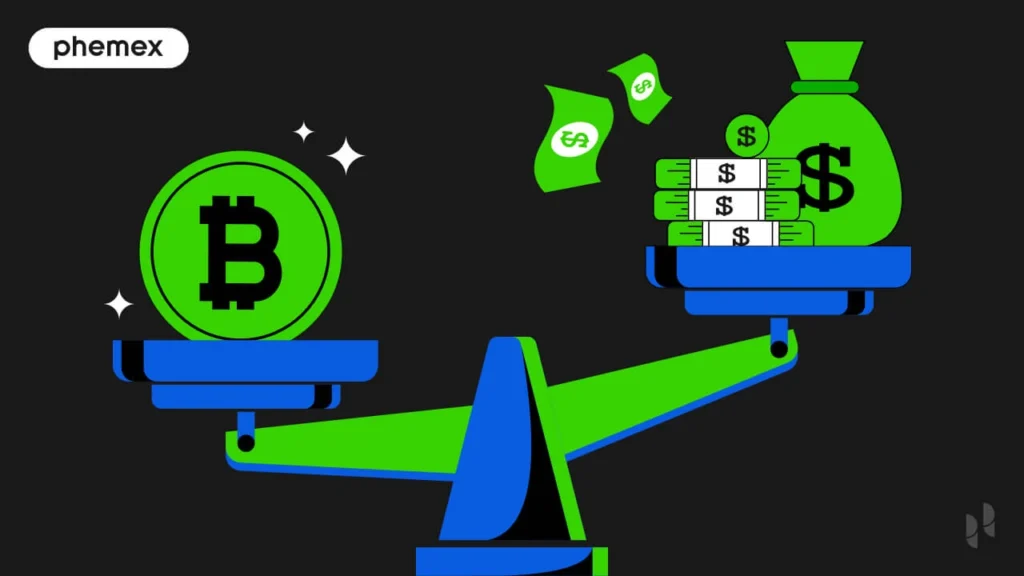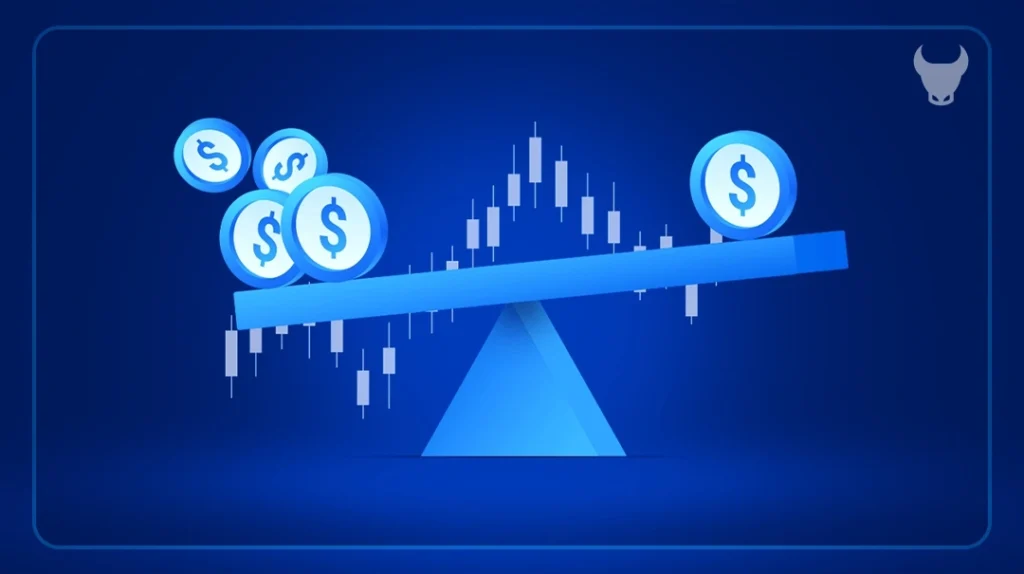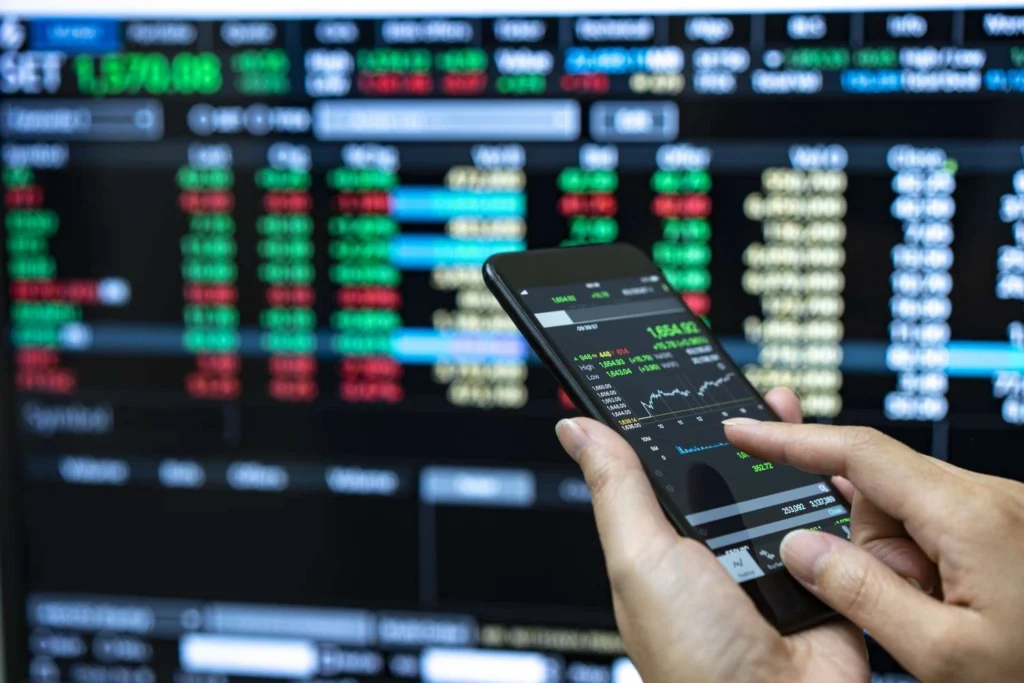Leverage Trading: 5 Myths You’ve Probably Believed (But Shouldn’t)
September 2, 2024

Leverage trading is one of those financial terms that sounds both exciting and terrifying. For some, it feels like a secret weapon to multiply gains. For others, it’s a surefire way to lose your shirt. The truth? It’s somewhere in between—and often misunderstood.
Leverage trading can be a powerful tool or a risky trap, depending entirely on how you use it. Unfortunately, a lot of bad info is floating around. So before you jump in—or swear it off forever—let’s unpack the biggest myths, one by one. You might be surprised at what’s real… and what’s totally overhyped.

Myth #1: “Leverage Trading Is Only for High-Risk Gamblers”
Let’s get this one out of the way. Leverage trading isn’t just for thrill-seekers or reckless speculators—it’s a legitimate strategy when handled responsibly. Sure, it has a reputation for being flashy or dangerous, but the real problem lies in misuse, not the tool itself. Traders in forex, futures, and even equity markets use leverage routinely, and not all of them are adrenaline junkies. Used with a plan, a stop-loss, and some sense, it’s just another way to enhance your market exposure.

Myth #2: “It’s the Fast Track to Wealth”
It’s tempting to think leverage is a magic key to fast money—especially with all those viral “10x gains in 24 hours” stories. While leverage can supercharge gains, it just as easily magnifies losses. That’s the flip side people conveniently leave out. Let’s say you’re trading with 10x leverage: a 1% move in your favor means a 10% profit—nice, right? But the same move against you? That’s a 10% loss, just as fast. Without strong discipline, you’ll burn through your capital before you even learn what went wrong.

Myth #3: “Only Professionals Can Handle Leverage Trading”
It’s true that experience helps—but this myth discourages new traders from even learning. The truth? Beginners can explore leverage trading too—if they approach it carefully. Start with low ratios like 2x or 3x, get familiar with volatility, and always use tools like stop-loss orders. Many platforms offer demo modes for exactly this reason—practice without risk. You don’t need to be a Wall Street veteran, but you do need to respect the power of leverage.

Myth #4: “You’ll Always Lose More Than You Invest”
This one causes unnecessary panic. Most modern platforms enforce margin rules and stop-out levels to prevent you from owing more than your initial deposit. That means, unless you’re trading on sketchy platforms or ignoring every warning sign, you’re unlikely to go into debt from a bad trade. But don’t get too comfy—if you’re careless, you can still wipe out your margin entirely. That’s still real money. So while the “lose more than you have” fear is exaggerated, the “lose everything you put in” warning is very real.

Myth #5: “Leverage Trading Isn’t Real Investing”
Some say it’s gambling, others say it’s fake finance. Leverage trading is widely used across legitimate markets—forex, crypto, futures, and more. What sets it apart isn’t the legitimacy, but the pace. The stakes are higher, the moves are quicker, and the emotional load is heavier. If anything, that requires more skill—not less. Speculation is part of every market; leverage just amplifies both opportunity and danger. That doesn’t make it fake. It makes it intense.

Conclusion: Know the Truth About Leverage Trading Before You Risk It
So, is leverage trading dangerous? It can be. Is it a scam? Not at all. Leverage trading is just a tool—neither good nor bad until you decide how to use it. Think of it like driving a fast car: it’s thrilling, sure, but it also demands precision and control. If you’re reckless, you’ll crash. But if you’re skilled, trained, and alert, you’ll get there faster. Understand how it works, start small, and always—always—know when to walk away. That’s not fear. That’s strategy.
Relevant news: here

